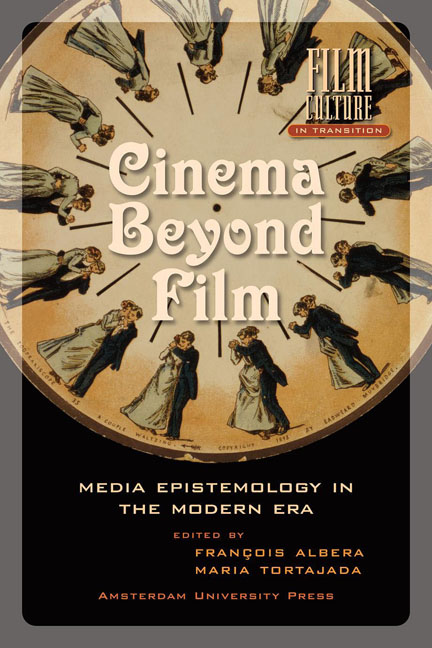The Lecture: Le Corbusier’s Use of the Word, Drawing and Projection
Published online by Cambridge University Press: 22 January 2021
Summary
For the last fifteen years or so, historians have been underlining how modern architecture has taken on a life of its own in the media and been given considerable publicity through photographs, books, reviews, exhibitions and films. However, scant attention has been paid to the lecture, which is one of the major vehicles of such publicity. Leaving aside how hard it is to reconstitute a lecture, given the small quantity of information available and its fragmentary nature, the major cause of indifference is undoubtedly that, for historians of art and architecture, the lecture is simply a habitual exercise. Moreover, as it is based on the spoken word, it seems more appropriate to study it as discourse rather than as form. When scholars have looked at the lecture, it has been as a textual source, and seldom as a dispositive. However, historians know very well – particularly after the advent of digital media – to what extent a lecture cannot be reduced to words alone, but presupposes a considerable technical, visual and stage dispositive which, from the 19th century onwards, led cultural and scientific communication to cross paths with the development of the optical spectacle and the popular projection.
For architects, it is vital to master lecturing techniques. Their work involves large sums of money, and yet, they cannot use traditional advertising methods and thus they have to rely more on academic channels to promote their work. When they lecture, they do so not only to educate, edify and defend ideas, but also to win over an audience, win contracts, win over investors, local authorities or states. Moreover, for the avant-garde movement, the lecture is more efficient than a text for imposing the figure of the artist as a guide, a precursor who has to make great efforts to win over his contemporaries, who are always presumed to be hostile because they lag behind the master. The modern artist’s performance in pedagogical terms is part and parcel of the recognition he seeks as a pioneer.
The major players of the modern movement owe much to such activities. Walter Gropius is an example of someone who, as an expert in promoting, relied heavily on the lecture.
- Type
- Chapter
- Information
- Cinema Beyond FilmMedia Epistemology in the Modern Era, pp. 145 - 168Publisher: Amsterdam University PressPrint publication year: 2012



